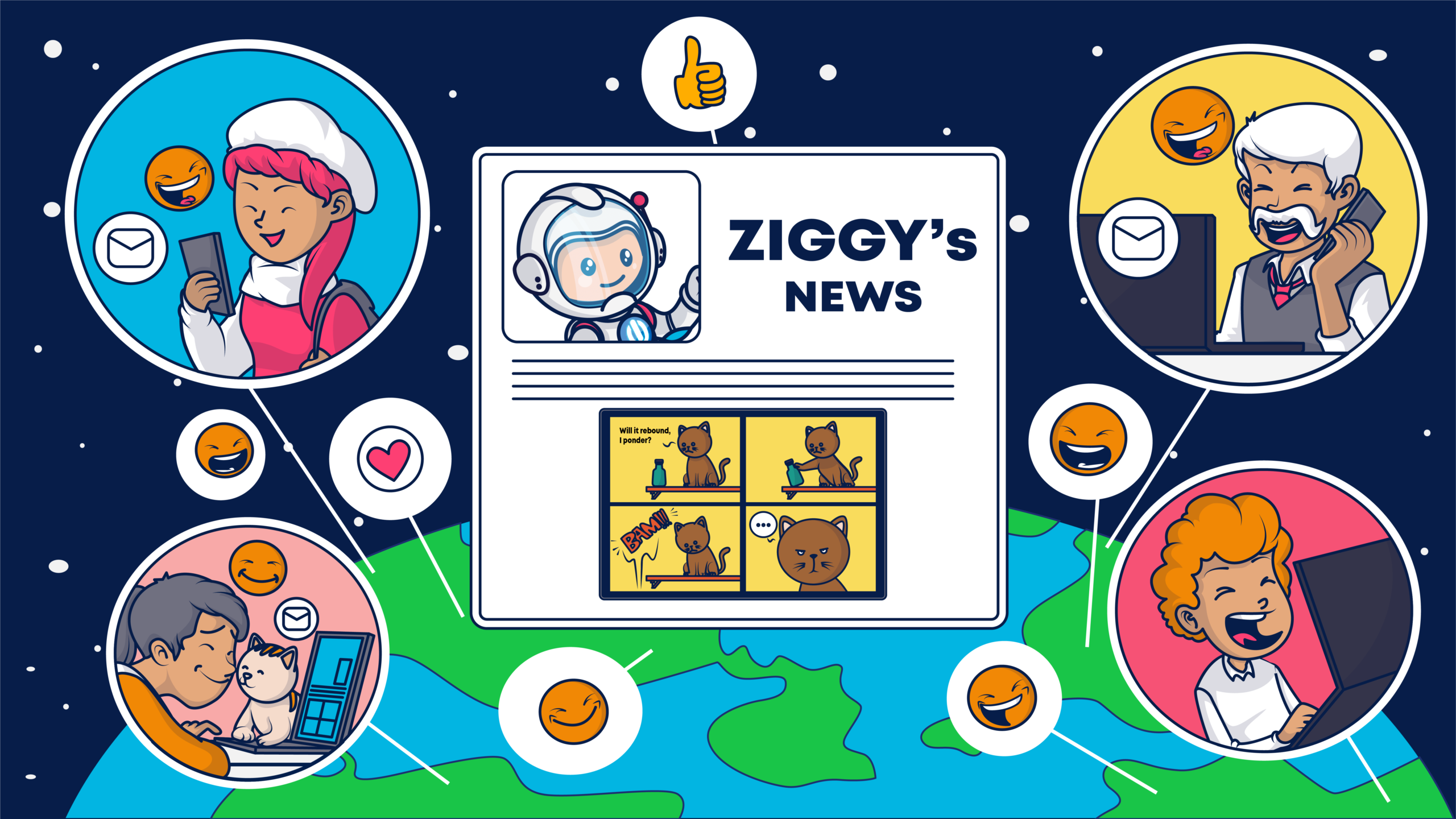The world of email marketing is vast, fast, and very competitive. Brands who want their email operation to be successful must be reactive and efficient.
In a world filled with choice, consumers will only pay attention to communications which are perfectly aligned with their own needs and schedules.
This puts a lot of pressure on brands to ensure that their email system is as slick, deliverable, and engaging as it can possibly be.
To do this, email marketers need an arsenal of fully optimized tools at their disposal. But this isn’t always possible with the combined-platform approach offered by many conventional services.
That’s why there’s a growing trend in the world of email marketing calling for the separation of front-end development platforms from back-end delivery vendors.
Platforms which offer this hybrid solution are taking the world of email marketing by storm, boosting efficiency, agility and deliverability, while simultaneously increasing ROI.
But how? And could this kind of solution be right for your brand?
The best of both worlds
Traditionally, email marketers have two options available to them.
An SMTP – Simple Mail Transfer Protocol – allows for the sending of bulk emails but has very little in the way of user interface.
Then there are ESPs – Email Service Providers. These tend to have a more impressive UX, but aren’t necessarily optimized for deliverability.
No single email provider is perfect. Choosing one is generally a process of deciding which functions you want to perform the best and sacrificing others.
This is where hybrid systems can make all the difference. The right hybrid solution can comprehensively tackle any inefficiencies, optimize functionality across the board, and enable email marketers to reach the ‘always on’ consumer whenever and wherever needed.
The benefits of the hybrid approach
Hybrid systems combine the best of both worlds – the optimized deliverability of specalized delivery vendors, with the slick UI and features ESPs provide.
Or in other words:
Effective management
The separation of dashboard and delivery vendors lends greater team agility, flexibility, and a lot more control over customer lists, segmentation, and analysis.
When running a complex, multi-website operation, an intuitive dashboard allows for the succinct and easy management of multiple systems within one, efficient interface.
Managers have both greater control over the elements they’re dealing with, and a lot more options for analysis, alteration, and so on.
Cost reduction
As well as the reduction in costs from spreading emails across the most appropriate delivery vendors, users can also benefit from the ability to AB test domains for deliverability. This also helps reduce the cost of wasted emails which do not reach inboxes.
Furthermore, advanced segmentation technology means that email marketers can ‘work’ their most lucrative segments more effectively, gaining maximum returns.
Campaign optimization
Email campaigns can be optimized based on domains and IPs. This means that they’ll be sent to the more engaged users via a strong, more reputable IP, and less engaged users via an alternative IP.
What’s more, when combining multiple SMTP vendors under the same dashboard, marketers can really optimize their delivery and significantly increase their margins.
Increased ROI
All of the above results in one very important thing: increased ROI. It’s worth noting that initial set-up costs for hybrid systems are low. Plus, it’s easy and intuitive to implement, making it a resource-light investment.
On an ongoing basis, enhanced deliverability and SMTP separation makes the process of emailing a lot more cost-efficient, and access to stats is a lot quicker and easier.
This means that email marketers can make effective changes swiftly, in real-time. This is vital in the modern age of email marketing, where quick reactions and re-engagement tactics are very much needed.
Going even further with hybrid solutions
When choosing to opt with such a hybrid solution, Email Marketers can also reap the benefits of utilizing multiple delivery vendors at once.
Deliverability is a much misunderstood aspect of email marketing. Not every ESP or SMTP is created equal. Some are better at certain audiences, tasks, or timeframes. Others excel in other areas.
Using the same protocol SMTP for every email is an inefficient and often costly way to do business – yet this is exactly what a great many marketers do.
For example, internal emails which do not require finely crafted content tools (animated embeds, images, interactive content etc) can be sent via lower-end (and less costly) systems SMTPs without any loss in functionality.
External marketing content, however, needs the higher-end system SMTP which is capable of coping with the bells and whistles of a marketing campaign.
What often ends up happening is that brands pay through the nose to send every email via the more expensive system SMTP, whether the higher end features are needed or not.
Multi-delivery vendor solutions allow brands to send out emails via (as the name suggests) multiple SMTPs. This means that the best delivery vendor SMTP for the job can be chosen for each job, each time.
Not only does this save money – it also enhances both efficiency and deliverability considerably.
To learn more on how a hybrid email platform can improve your results, visit the Ongage website.
For more insights, hints and tips on all things email marketing, visit the Ongage blog.

















